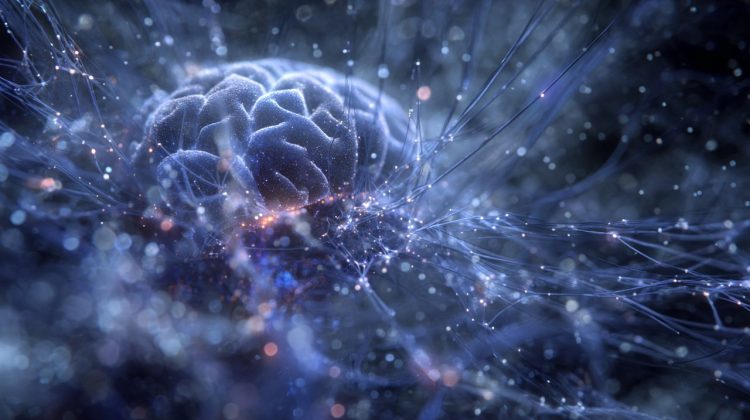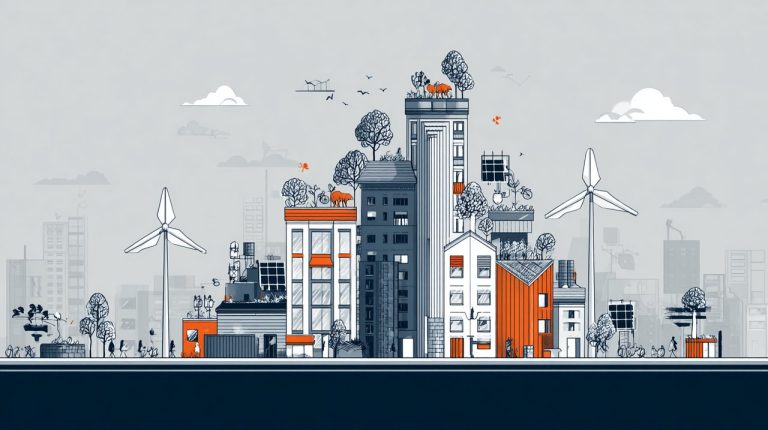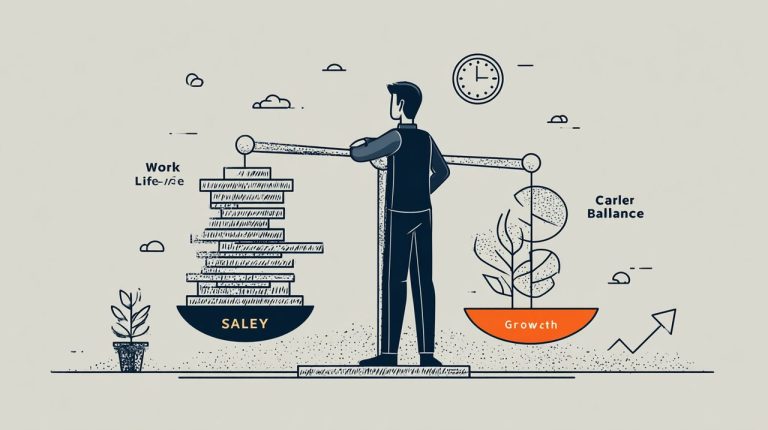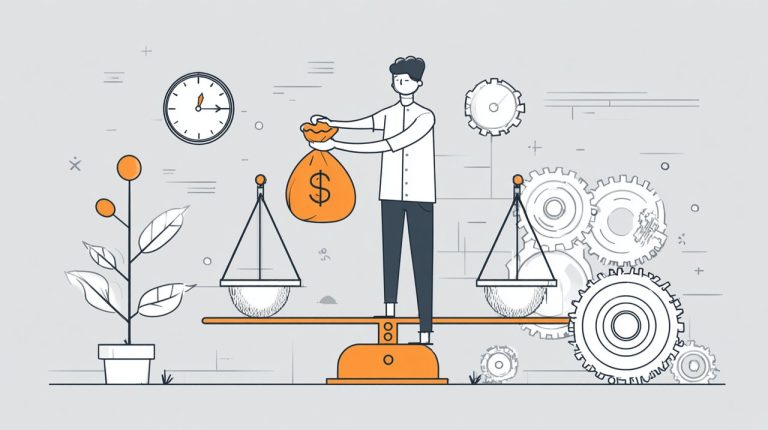Estimates suggest the average person processes an incredible amount of information daily, yet too much of it remains scattered, forgotten, or simply never put to good use. The real challenge isn’t a lack of data; it’s our failure to manage it effectively and transform it into something actionable. This widespread issue screams for a more robust approach to personal knowledge management than just scribbling notes.
Think of it like this: I’ve seen countless projects falter not because of a lack of materials, but because those materials were dumped haphazardly on site, unlabelled, and inaccessible when needed. You wouldn’t build a skyscraper by piling up steel beams in a random heap, would you? The same goes for your intellectual raw materials. This isn’t about collecting; it’s about constructing.

The Second Brain: Building Your Intellectual Foundation
The concept of a ‘Second Brain’ isn’t some new-age digital fad. It’s a practical framework for externalizing and organizing your knowledge, ideas, and insights. Unlike passive note-taking—which, let’s be honest, often just means copying things down without truly understanding them—a Second Brain actively processes, links, and synthesizes data. It transforms raw information, like a pile of uninspected lumber, into a valuable, structural asset ready for use.
The core principle is simple: offload the heavy lifting from your biological brain. Your mind is for having brilliant ideas, for connecting disparate concepts, for solving complex problems—not for trying to remember every single detail. I always say, you wouldn’t expect a master builder to memorize every blueprint for every project he’s ever done. He has a meticulously organized archive. This system extends your memory and intellectual capacity, allowing for continuous learning and rapid recall, just like a well-indexed library of architectural plans.
Core Principles: The Blueprint for a Resilient Knowledge System
Building an effective Second Brain isn’t about fancy software; it’s about adhering to universal, timeless principles. These principles focus on creating a knowledge base that is structured, easily retrievable, and, most importantly, actionable. One widely recognized framework, PARA (Projects, Areas, Resources, Archives), perfectly exemplifies this structured approach, categorizing information based on its immediate utility and long-term relevance.
Think of PARA as your construction site’s organization system: Projects are your active builds; Areas are your ongoing maintenance or design specializations (like plumbing or electrical); Resources are your material stockpiles and building codes; and Archives are your completed projects and historical blueprints. Without this kind of clear separation, your site quickly becomes an unworkable mess.
Your Knowledge as a Project Engine
A well-constructed Second Brain serves as a powerful engine for achieving your goals and enhancing overall productivity. By centralizing all relevant information—from project plans and meeting notes to research findings—it streamlines decision-making and task execution. This system ensures that valuable insights aren’t just collected, but actively engaged with.
For instance, I once had a client who lost a critical zoning variance because their architect couldn’t quickly locate the specific historical precedent they needed. Everything was there, but it was buried in a disorganized mess of emails and paper files. With a Second Brain, all related thoughts, research, and action items for a project are consolidated under a dedicated project folder. This integration helps convert raw knowledge directly into tangible outputs, reducing mental overhead and preventing the common pitfall of scattered information that can derail even the best-laid plans.
Amplifying Your Understanding: Building Deeper Connections
The Second Brain significantly amplifies your capacity for deep learning and retention. It encourages active engagement with information through processes like progressive summarization, where notes are iteratively refined and condensed. This method forces deeper comprehension, much like refining a rough sketch into a detailed architectural drawing; each pass distills the essence and clarifies the intent.
By consciously creating connections between disparate pieces of information, the Second Brain fosters a holistic understanding of subjects. This interconnectedness is one of the key benefits for learning. It allows for the synthesis of new ideas and the recognition of patterns that might otherwise remain unseen. A concept learned in one context—say, the stress points in a beam—can instantly be linked to another, enriching your understanding of an entire structural system. It’s about building a robust, interconnected framework for your intellect, not just stacking individual facts.
Practical Strategies: The Tools of the Trade
Implementing a Second Brain involves adopting specific digital organization techniques that embody its core principles. These aren’t just features of a tool; they are methodologies that you apply, regardless of the platform. The goal is to make knowledge discoverable, linkable, and, critically, actionable. Here are the techniques I’ve found most effective:
- Atomic Notes: Break down information into the smallest possible, self-contained units of knowledge. Think of these as individual, perfectly shaped bricks. They’re reusable, flexible, and can be combined in endless ways to build new structures.
- Bi-directional Linking: Connect related notes, allowing you to navigate seamlessly between ideas and discover unexpected relationships. This is your rebar, tying together the individual concrete blocks to form a load-bearing wall, creating a truly interconnected web of knowledge.
- Progressive Summarization: Start with a raw capture and progressively highlight, bold, and summarize information. This is like moving from a rough site survey to a detailed blueprint, then to a concise executive summary. You distill the essence of a note, making it quickly scannable for an overview and deeply understood when you dig in.
- Tagging and Metadata: Apply consistent labels and descriptive information to notes for enhanced searchability and categorization across different contexts. This is your inventory system for the entire construction yard. Every piece of material, every tool, every blueprint has a label, so you can find exactly what you need, exactly when you need it.
I always tell my apprentices: The best tools in the world are useless if you don’t know how to use them, or if you use them for the wrong job. Tools like Notion, Obsidian, Roam Research, and Evernote provide the digital infrastructure for these techniques. However, the efficacy lies not in the tool itself, but in the consistent application of these principles. For example, Obsidian’s graph view visually represents the interconnectedness of your notes, truly demonstrating the power of bi-directional linking. It’s like seeing the entire structural integrity of your knowledge laid out before you.

Building a Legacy: Your Mind’s Enduring Structure
The Second Brain isn’t just about better note-taking; it fundamentally redefines how you interact with information and cultivate your intellect. It transforms passive consumption—like merely observing a building site—into active knowledge creation, where you are the architect and the builder. This system serves as your personal knowledge infrastructure, a structure that continuously evolves with your insights and experiences.
Let’s rethink the traditional notion of memory. Instead of relying solely on your biological recall, which, frankly, can be as unreliable as a poorly mixed batch of concrete, we can augment our cognitive abilities with a robust external system. This empowers individuals to tackle complex problems, generate novel ideas, and adapt to an ever-increasing flow of information. It is an investment in sustained intellectual growth and a catalyst for innovation, ensuring that your mental structures are not just built, but built to last, capable of withstanding any future storm.
The effectiveness of a Second Brain is directly tied to its consistent use and the rigorous application of its underlying principles. Building such a system requires a fundamental shift in mindset: from being a mere consumer of information to becoming an active curator and synthesizer of knowledge. Just like a well-built structure requires ongoing maintenance and adaptation to new stresses, your intellectual framework demands attention. To truly harness your cognitive potential, consider exploring practical guides on implementing PARA or specific digital note-taking workflows that align with these principles. Because in the end, it’s not about how much information you gather, but what sturdy, lasting structures you build with it.
💡 Frequently Asked Questions
A Second Brain is a dynamic, interconnected system designed to externalize and organize your knowledge, ideas, and insights. It transforms raw input into valuable assets, offloading cognitive load from your biological brain to free it for higher-level thinking, creativity, and problem-solving.
Implementing a Second Brain serves as a powerful engine for achieving goals and enhancing productivity by centralizing information. It significantly amplifies capacity for deep learning and retention, extends memory and intellectual capacity, and fosters continuous personal growth and innovation by allowing for rapid recall and synthesis of ideas.
Building an effective Second Brain is based on principles that create a structured, retrievable, and actionable knowledge base. One widely recognized framework is PARA (Projects, Areas, Resources, Archives), which categorizes information based on its actionability and relevance.
Key digital organization techniques include Atomic Notes (breaking information into smallest units), Bi-directional Linking (connecting related notes), Progressive Summarization (iteratively refining information), and Tagging and Metadata (for enhanced searchability and categorization).






